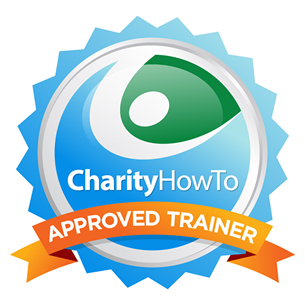When organisations start to segment their calendar year-end appeal letters, they often start off with segmenting out active donors and non-active donors. Far too many organisations don’t think of segmenting out their major donors for more direct solicitations. Many believe that a blanket mailing to active and non-active donors will suffice.
Well, think again! You may use your calendar year-end mailing as a tool to solicit your major donors in person and to seek upgrade gifts from your mid-level donors.
If done correctly from the start, organisations can raise significantly more revenue and have double the mission impact just by segmenting out their larger donors and soliciting them personally.
Below are a few simple steps to help you begin to segment your major donors and start to ask them more personally to support your calendar year-end appeal.
1 – Determine what you consider to be a major gift to your organisation.
2 – Identify all those who have made major gifts at that level to your organisation by running a report of the organisation’s largest donors from the past two to five years.
3 – Identify those donors who are most loyal with their giving. You would classify loyal donors as those who have repeatedly given year after year, regardless of the amount. I recommend using the criteria of those who have made gifts seven or more times in the last decade. Don’t exclude donors because they have skipped a year or two. Do not set parameters around the number of gifts made.
4 – Use some form of rating and ranking system to develop a “Tier 1” list of 10 top-priority donors. These large and loyal donors would be ranked high on their capacity and interest levels.
5 – If you have some form of wealth screening available, you may also upload your prospects to the wealth screening vendor for more in-depth analysis pre-ranking; however, this step is not necessary if you do not have access to these services.
6 – Develop an individualized strategy for each person on your “Tier 1” list of priority donors. Determine who the best solicitor may be, the appropriate ask amount, and for what needs. Involve your Board of Directors here as potential solicitors in the process.
7 – Don’t send these folks the regular direct mail appeal letter. They may send in their donation before your assigned solicitor can make the personal approach.
8 – A pre-call note or email may be sent to obtain a visit. Have the appointed solicitor contact the donor to schedule an in-person solicitation meeting. Solicitations by telephone are a secondary less-desirable option. Follow up for confirmation with a telephone call.
9 – Develop a system for solicitation management to keep the solicitation process moving forward with the goal to have all personal major and loyal donor solicitations conducted before calendar year-end. Celebrate successful solicitations and troubleshoot those not so successful.
10 – Plan follow-up with those major donors not solicited personally. Perhaps the appeal is mailed to those donors with a personal note as a final option. Plan to also follow up with those who made a calendar year-end gift, including acknowledgments and further stewardship.
So, there you have the simple steps that you can immediately take to segment out your major and loyal donors to supercharge your calendar year-end campaign.
These are the same steps that I use when I run my client’s calendar year-end appeals. And, they work!
And, here are some more resources you may want to check out:
For a free 30-minute fundraising coaching session, or to learn more about our interim fundraising services, visit us here at www.hireacfre.com or book your fundraising coaching session at http://calendly.com/developmentconsultingsolutions/30min.








Leave a Reply
Want to join the discussion?Feel free to contribute!